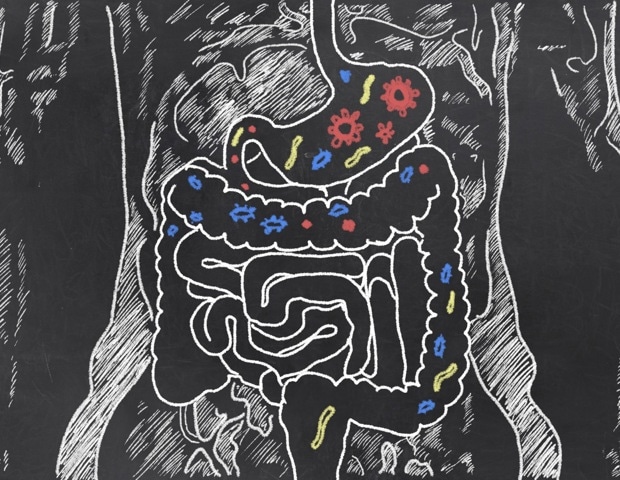“Unhealthy” patterns of gut microbiota are associated with an increased risk of death after solid organ transplantation, according to a study published online in the journal Nature. Intestine.
These particular microbial patterns have been associated with mortality from all causes, but the results show that they are particularly associated with death from cancer and infection, regardless of which organ was transplanted – kidney, liver, heart or lung.
The composition of the gut microbiome has been linked to a variety of diseases, including inflammatory bowel disease and diabetes, but few studies have data analyzing the association between the gut microbiome and long-term survival, the researchers explain.
The shift from a normal to an “unhealthy” pattern of gut microbiota, known as gut dysbiosis, is also commonly associated with an increased risk of mortality, although it is unclear whether this also relates to overall survival in specific diseases, the researchers add.
To find out, they investigated the relationship between gut microbiome dysbiosis and all-cause and cause-specific mortality in solid organ transplant patients. The prevalence of gut microbiome dysbiosis in solid organ transplant patients is much higher than in the general population. This makes solid organ transplant patients an ideal group to study the relationship between gut microbiome dysbiosis and long-term survival, the researchers say.
The researchers analysed the microbiome profiles of 1,337 faecal samples provided by 766 kidney transplant recipients, 334 liver transplant recipients, 170 lung transplant recipients and 67 heart transplant recipients and compared them with the gut microbiome profiles of 8,208 people living in the same area in the north of the Netherlands.
The average age of transplant recipients was 57 years, and more than half were men (784, 59%). On average, transplants had been performed 7.5 years ago.
During a maximum follow-up period of 6.5 years, 162 transplant patients died: 88 kidney, 33 liver, 35 lung, and 6 heart transplants. Forty-eight (28%) died from infection, 38 (23%) from cardiovascular disease, 38 (23%) from cancer, and 40 (25%) from other causes.
The researchers looked for several indicators of gut microbiome dysbiosis in these samples, including microbial diversity, the extent to which the gut microbiome differs from the average microbiome in the general population, the prevalence of antibiotic resistance genes, and virulence factors that help bacteria invade cells and evade immune defenses.
The analysis revealed that the more different a transplant recipient’s gut microbiome patterns were from those of the general population, the more likely they were to die sooner after surgery, regardless of the organ transplanted.
Similar associations were found for the abundance of antibiotic resistance genes and virulence factors.
The researchers identified 23 species of bacteria that were associated with an increased or decreased risk of death from any cause in all transplant patients.
For example, the abundance of four Clostridium species was associated with all-cause mortality, especially infections, whereas the abundance of Hangatella Hathewayi and Veillonella parvula was associated with all-cause mortality, especially infections.
Additionally, higher abundance of Ruminococcus gnavus and lower abundance of Germiger formicilis, Firmicutes CAG 83, Eubacterium hali, and Faecalibacterium prausnitzii were associated with all-cause mortality, especially cancer.
The last four all produce butyrate, a short-chain fatty acid that has anti-inflammatory properties and helps maintain the integrity of the intestinal wall.
The researchers used AI to further analyze all bacterial species simultaneously, which revealed a second pattern across 19 species associated with an increased risk of death.
Because this is an observational study, definitive conclusions cannot be drawn about the causal role of any particular bacteria.
However, the researchers concluded: “Our findings support emerging evidence showing that dysbiosis is associated with long-term survival and suggest that therapies targeting the gut microbiome may improve patient outcomes, although causal relationships must first be identified.”
sauce:
Journal References:
Dell’Isola, A. etc (2024). Twenty-year trajectories of osteoarthritis incidence in patients and nonpatients. RMD Open. (References: http://www.rmdopen.org/)


